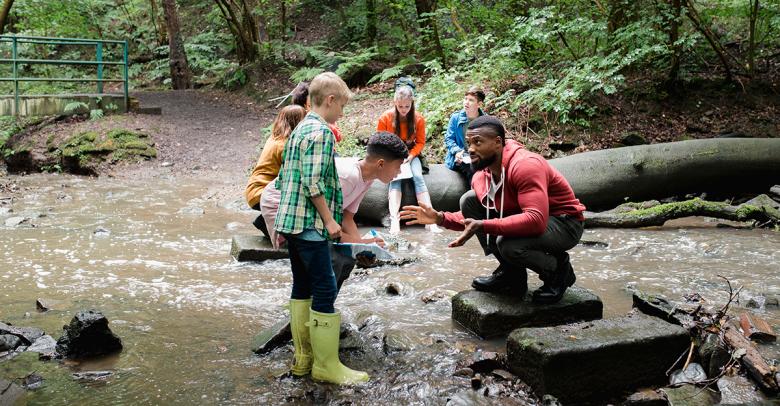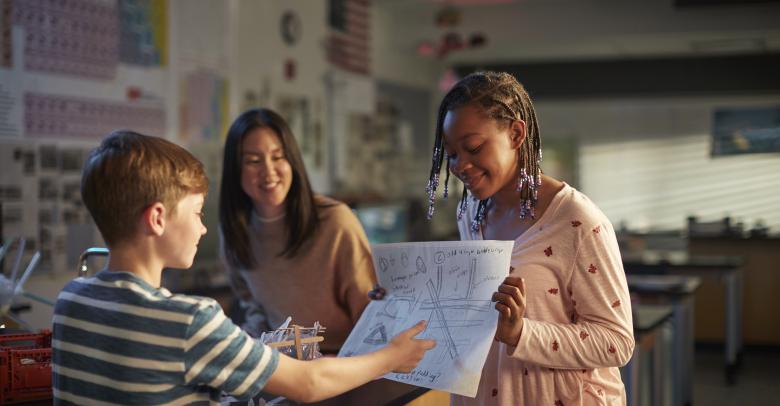Teaching kids to respect the environment is a primary duty of any teacher, but it doesn’t always have to involve detailed lesson plans—it can be as simple as setting ground rules for, say, conserving energy in your classroom. With World Environment Day coming up on June 5, there’s no better time to make an energy reduction plan you can put to use in your classroom year after year.
1. Talk About It
The best way to get kids involved in energy conservation is to simply talk about it. Help your students understand that lights and electronics aren’t magic, and they often use resources that aren’t replaceable. Explain that energy over-consumption is harming the world—something kids as young as 1st or 2nd grade can comprehend—and let them know that they can develop simple habits to help combat this.
2. Turn Off Lights
The first and most obvious of these habits is turning off lights. Always turn out lights before heading to out-of-classroom activities like lunch, recess, gym, or school assemblies. Assign a Light Monitor to ensure this gets done—yes, even in older grades. Also make sure to turn out desk lamps and fairy lights when not in use, even if you’re still in the classroom.
3. Power Down Electronics
Believe it or not, sleep mode uses substantially more energy than devices that are fully shut down, so unless you’re going to pick them back up within a few minutes, power down! You should also avoid leaving electronics plugged in unless actively charging; once full, they’ll still suck down unnecessary energy.
4. Close Windows and Doors During Winter…
Opening your door to the hall might seem friendly, but it lets out warm air. Regulate your environment by shutting doors more often to keep your room warmer during the cold months. Similarly, you should shut and lock your windows during winter. Letting warm air out substantially increases energy costs because the heater kicks into overdrive to compensate, and if your windows aren’t locked, you’re still letting cold air in, even if only a little.
5. … and Open Them in the Summer
Of course, outside air is a much more energy-efficient way to keep things cool than running air conditioning in the summer. When the warmer months roll around, feel free to keep those windows wide open. Encourage your fellow teachers to do the same, so the air will circulate around the classrooms to help cool them down.
6. Use Timers
Talk to students about the use of timers, and install them in your classroom on light fixtures, CD players, and other electronics you might leave on during the day. Have the timers go off right as school is dismissed, so kids can see how they work and possibly bring the idea home.
7. Form an Energy Task Force
Put a task force in place to patrol the classroom before lunch or at the end of the day, checking for anything that’s using energy and shouldn’t be. You can also send kids out into the halls once a day to turn off lights in bathrooms and other unused spaces, as long as you have the principal’s permission.
Don’t worry about implementing all these steps right away. Choose one or two to start. Maybe even form an Energy Task Force and ask your students to choose between turning off lights and powering down electronics. The most important is to always talk about it with your students so they feel included and know why it’s important. Future generations will thank you for the steps you take today!






Leave a Reply